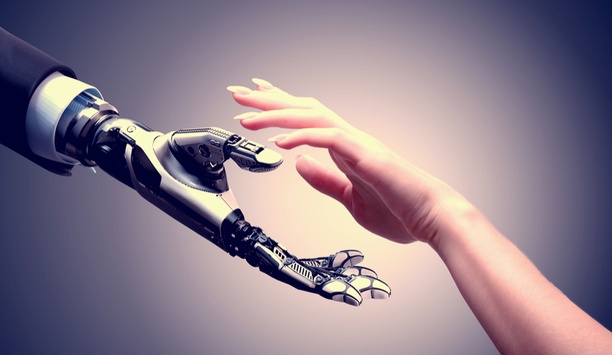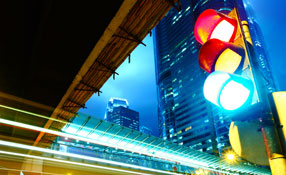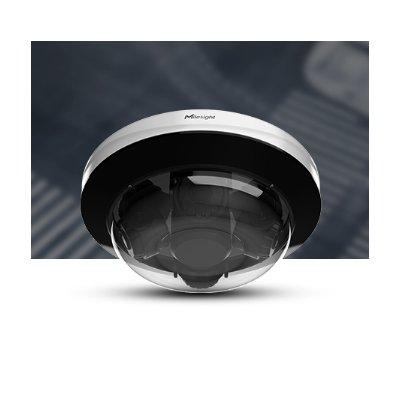The growth of home automation and “smart home” technology has created a unique opportunity for security companies of all kinds. With security systems already in about 20 percent of American homes, many security dealers and installers are expanding their offerings to include home automation equipment.
Internet connected devices
After all, why just offer monitoring and alarms when you can also enhance the customer’s home experience with HVAC regulation, light controls, door locks and a host of other mechanical – and internet addressable – offerings?
“You’ve got the traditional players who have been in the residential security business for a long period of time,” says Alper Cetingok, Managing Director, Head of Security, Defense & Government Services with Raymond James, a financial company. “And, literally every alarm monitoring company or residential security company has some sort of smart home offering. Some are rudimentary, but they have one.”
Cybersecurity risks
These companies’ experience in security comes in handy when dealing with the downside of home automation – cybersecurity. Network-controlled home automation devices can lack basic security controls, enabling hackers to access sensitive functions such as door locks and even mundane appliances such as toasters.
Security focused products
 |
| Having the ability to keep tabs on your home, who is there, who has come and gone, are advantages of smart home systems |
One of the prime assets offered by security firms is just that – security experience.
“We take security very seriously in the design of all of our products, and especially in the design of our architecture and device communications internal and external to a customer’s system,” argues Brad Hintze, Director of Product Marketing for Control4. “We see a lot of start-up companies releasing DIY (do it yourself) smart home products that may or may not have that very same focus on security for their customers, and often can be overlooked in the rush to market. We address some of these security concerns by way of regular communications on ‘best practices’ for securing your smart home, on our blog and to our dealer network.”
Customer relationship
Even smaller security installers can capitalise on the same strategy practiced by a giant like Comcast. A company that is already in a customer’s home with a technology solution has an advantage over an outsider. Just as Xfinity Home builds on customer relationships acquired through cable and security monitoring, companies are looking first to existing customers to add value.
Network-controlled home automation devices can lack basic security controls, enabling hackers to access sensitive functions such as door locks and even mundane appliances such as toasters |
“We see customers’ entry point into home automation come from a variety of perspectives,” says Hintze. “A lot of times it can be regional too. Certainly home audio/video systems are one of the original points of entry, but now home safety and security is a big player for us as well. Having the ability to keep tabs on your home, who is there, who has come and gone, what time family members came home, that status of your alarm, if there are any leaks, are just some of the advantages present with a Control4 Smart Home system. Energy Savings is a hot topic and pain-point as well, but in all fairness you have to have good reporting to quantify. But anecdotally, everyone can see the advantages there, especially when you combine things like motion sensors with lighting and climate control.”
Security companies can also provide extra value by steering customers to devices and solutions that not only work together, but offer the right level of security.
“From my perspective, our goal is making sure that those devices we offer are built securely and operates securely together,” explains Joe Albaugh, Vivint’s Chief Security Officer. “Many of the devices (in the market) are built with either little or no security in them or with configurations that are default and not changed. One of the reasons we built solutions designed to work together so that we can ensure the security of those devices.”











































